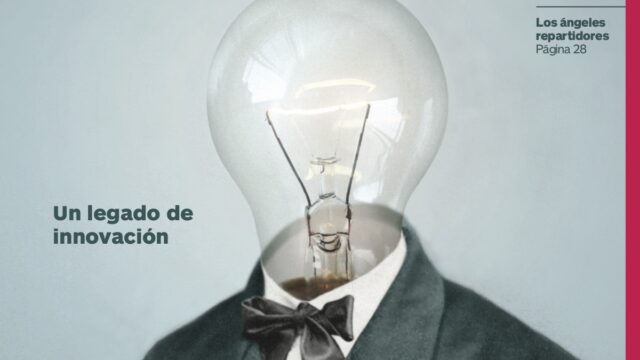How can I reduce risk?

I am a 35-year-old female with a strong history of breast cancer in my family. I am healthy and have two healthy young daughters. What can I do to reduce my risk for breast cancer?
Having cared for patients with a similar history and having faced this issue in our own families, we sense your concern. Also, any information we share should not take the place of the counsel of your personal physician, who knows your case in detail.
Breast cancer is the most common cancer in women, both in developed and developing countries. World Health Organization (WHO) statistics estimate that 508,000 women died from this disease in 2011.¹ The lowest incidence of breast cancer is among women of East Africa, but it is on the increase.
As life expectancy increases in the developing world, so does the incidence of breast cancer. This is influenced by increasing urbanization, decreased physical activity, and increased consumption of refined, fatty, and calorie-dense foods, as well as alcohol consumption. Additionally, breast cancer is often diagnosed in late stages in low- and middle-income countries, making treatment more difficult, with poorer outcomes.
Some well-documented risk factors for breast cancer include:
■ Familial history of breast cancer. The presence of genetic mutations (damaged or changed genes) such as those named BRAC1, BRAC2, and p53 significantly increase the risk for breast cancer. These are relatively rare.
■ Prolonged exposure to estrogens produced by the body (endogenous estrogens) as occurs with an early onset of menstruation (menarche), having the first baby at a later age, and experiencing menopause at an older age increase risk.
■ The intake of hormones (exogenous estrogens/progesterone), as in oral contraception and also hormone replacement therapy after
menopause, may increase the risk of breast cancer.
Approximately one fifth (20 percent) of breast cancer deaths worldwide may be attributed to the use of alcohol, obesity, and lack of exercise (intentional physical activity). These risk factors are particularly noted in high-income countries, with overweight and obesity being most com- mon. These same risk factors are seen in low- and middle-income countries, with lack of physical activity being the most important in these regions.
Protective factors:
■ Breastfeeding one’s infant has a protective effect.
■ Regular physical activity and exercise throughout the life cycle is protective and may modify the genetic risk.²
■ Maintaining ideal body weight/ body mass index (BMI) is protective.
It is essential to seek help early if any lumps are noticed in the breasts. Any abnormal discharge from the nipple apart from lactation (especially blood), or abnormal hardness, redness, or tenderness of the breast, should be reported early and investigated appropriately. Breast self-examination (BSE) may be helpful in improving awareness and early diagnosis.
X-ray screening or mammography is the only proven screening method and helps save lives. It should be guided by health professionals. Overdiagnosis and overtreatment may result if mammography is not carefully used.
Careful lifestyle interventions can make a difference. Also, God has promised to be with us in all circumstances, so be of good courage!
¹www.who.int/cancer/detection/breastcancer/en/
²clincancerres.aacrjournals.org/content/early/2019/05/22/1078-0432. CCR-18-3143








